A deep dive into Asia’s boldest art movements
Discover eight pioneering artists that will be on view at Art Basel Hong Kong and online in May
Log in and subscribe to receive Art Basel Stories directly in your inbox.
Some of Asia’s most fascinating artists emerged from the chaos and fervor of the postwar period and subsequent decades. From staging surreal performances in subway stations to shooting paint onto canvas with syringes, artists from across the region challenged the status quo.
In May, a host of galleries at Art Basel Hong Kong will be shining a spotlight on the dynamic practices not just of those who have been widely celebrated in the artworld, but also the artists who have remained in the shadows. Here, we revisit the historic movements that they helped to shape.
Avant-garde women artists in postwar Japan
Despite their bold contributions, many Japanese women artists from this period, such as Yuki Katsura, were shunted to the margins of the artworld. Born in 1913, Katsura was a founding member ofKyushitsu-kai (Ninth Room Association), one of Japan’s earliest avant-garde groups. She was the only female artist among its members, who included giants such as Jiro Yoshihara, the founder of the Gutai movement. ‘Yuki was a true avant-gardist in Japan who paved the way for others,’ says Kotaro Nukaga, owner and director of Tokyo-based Nukaga Gallery, which will be exhibiting her works at the fair. ‘She was 15 years older than Yayoi Kusama, for example, who is often seen as a pioneer.’
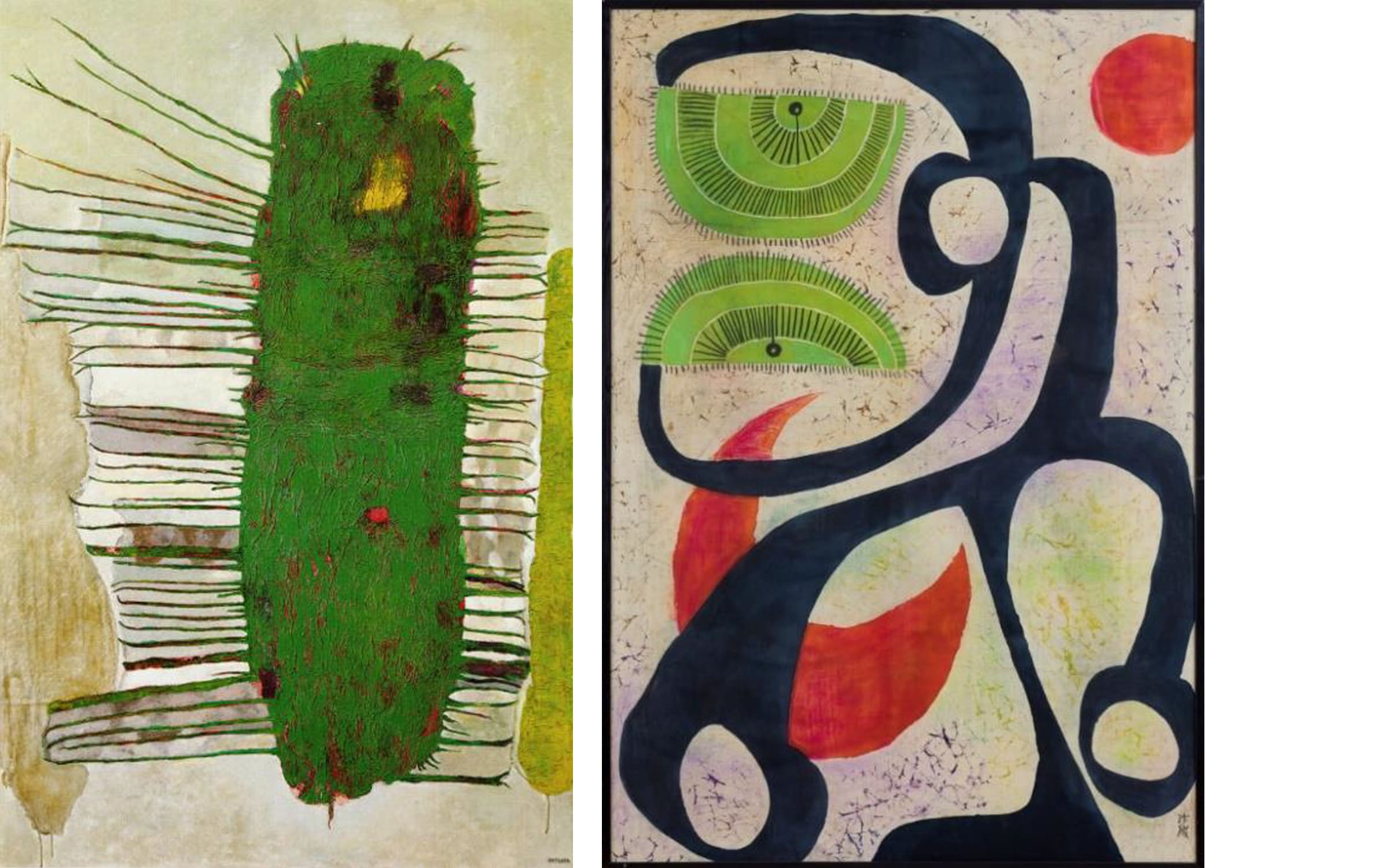
Influenced by surrealism and abstraction, Katsura was known for her satirical caricatures, collages, and expressive paintings. Fiercely independent, she resisted being grouped into a particular movement. In the 1950s she spent time in Paris and, later, New York, where she began creating abstract collages. She affixed wrinkled washi paper onto canvases that she painted over, a technique she used for Millipede (1962), a striking green canvas that will be shown.
Like Katsura, Saori Akutagawa, who was also active in Tokyo and New York, defied categorization. Born in 1924 to an affluent family, she married the famous composer Yasushi Akutagawa. ‘She also had a degree in vocal studies, but her husband was very dominating and didn’t allow her to sing, so she started painting,’ says Nukaga. ‘She began dying textiles, which was very unusual then.’ Empowerment of women was a central theme in her paintings, and she often drew from mythological stories, as seen in God of Spring (1954), a depiction of a powerful, dragon-like creature, which will also be on display.
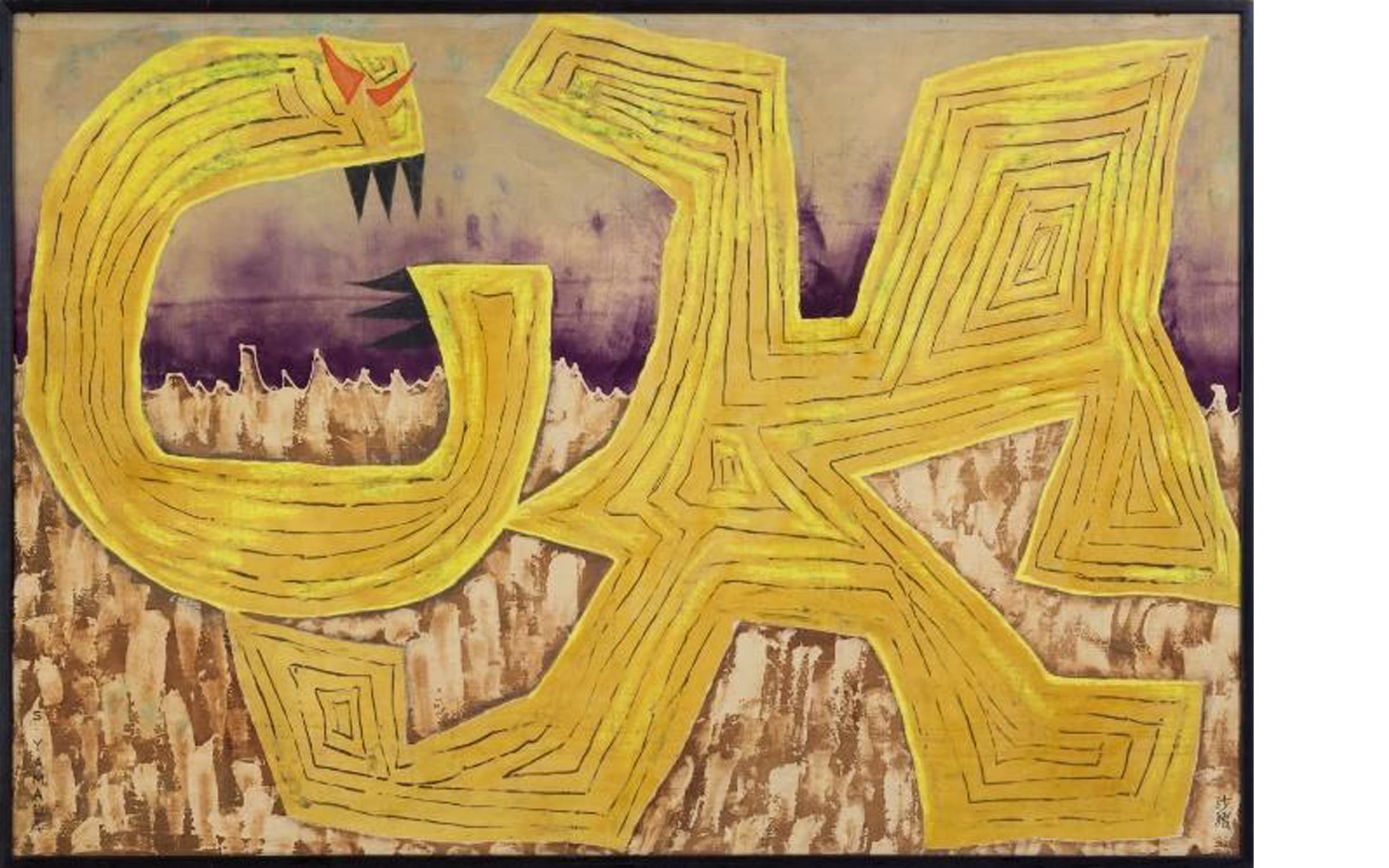
Cross-cultural currents in Filipino and Spanish postwar art
Few artists straddled the divide between East and West like Spanish-Filipino painter Fernando Zóbel de Ayala y Montojo. Born in 1924 in Manila to a wealthy Spanish family, Zóbel was a self-taught artist who studied philosophy and literature at Harvard University. In 1951, he returned to work for his family’s real estate business in Manila while pursuing painting in his free time; seven years later, he emigrated to Madrid. While Zóbel was considered a leading figure of the Spanish postwar generation, his art had a distinctly hybrid sensibility.
He showed at Spain’s pavilion at the Venice Biennale in 1962, but also represented the Philippines in the Spanish-American biennial in Havana in 1954. ‘He was a cross-cultural figure who broke a lot of barriers. Today, we are more global, but at that time it wasn’t very common,’ says Jordi Mayoral, director of Galeria Mayoral, which will be exhibiting a selection of Zóbel’s works. ‘I connected him with Zao Wou-Ki or Chu Teh-Chun, the generation that moved to Europe, because all of them had a background of Asian culture expressed with American and European influences.’
Zóbel created lyrical abstract paintings, often using hypodermic syringes to spread paint across the canvas. This allowed him to create a lattice of meticulous lines suspended in space, a technique he used in iconic works such as Saeta 258 (Azul sobre pardo) (1959), which will be on view. Also on display will be luminous paintings such as Péndulo veneciano (1965), which are reminiscent of the soft glow of lanterns and diffused light seen through capiz-shell windows (made of inlaid windowpane oysters) in the Philippines.
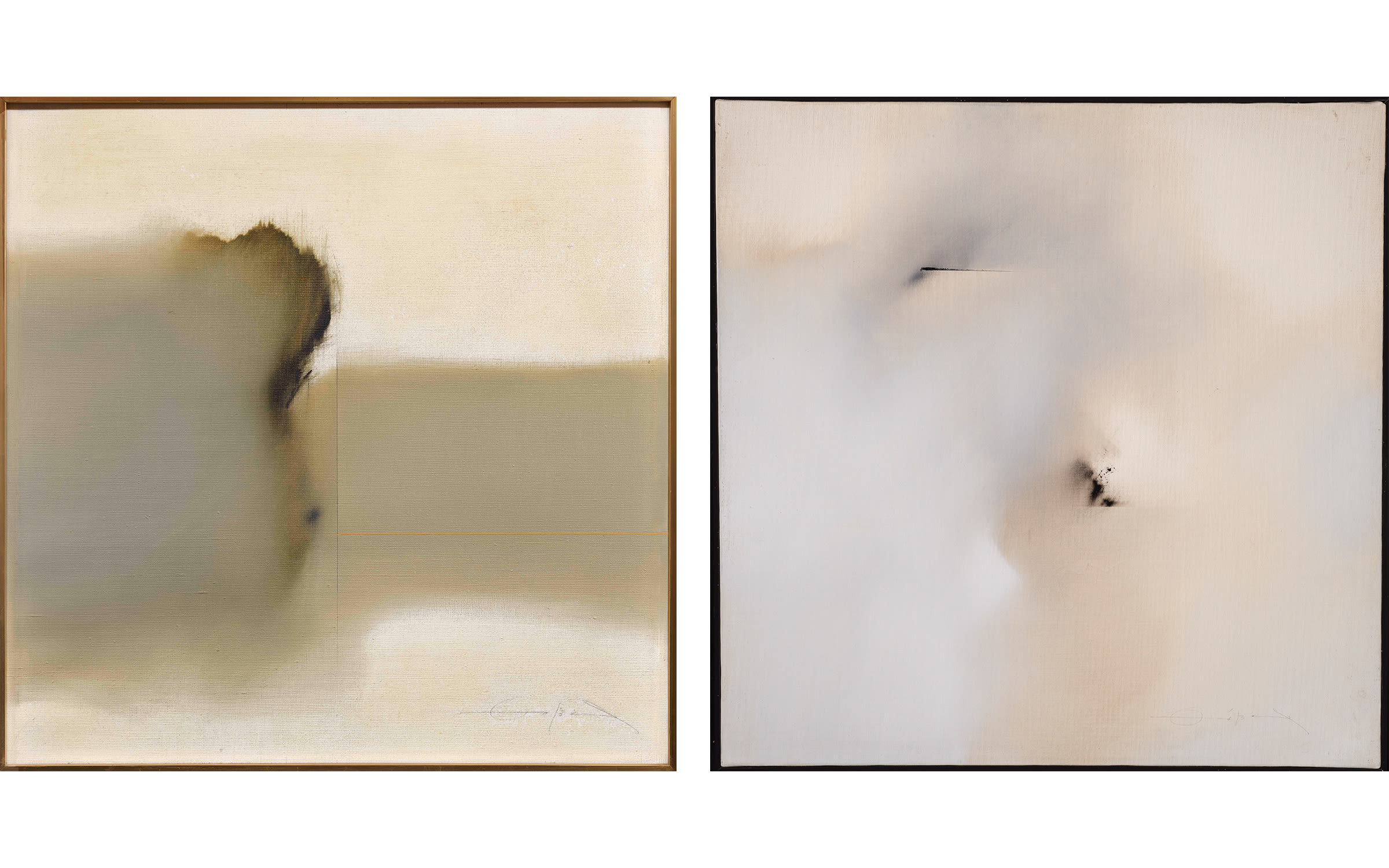
Gutai and Hi-Red Center
In 1954, against a backdrop of dramatic social unrest in Japan, a group of radical artists formed Gutai Bijutsu Kyōkai, or the Gutai group. Their mandate was to create ‘art that has never existed before.’ From using their bodies to pierce through paper screens to flinging ink-soaked balls onto paper, Gutai artists broke new ground with their radical experiments in art-making.
Atsuko Tanaka, whose work is being exhibited by Tokyo Gallery + BTAP, was one of the most intriguing artists of the movement. Born in 1932, she gained recognition for her powerful performances, such as Electric Dress (1956), for which she wore a garment made with hundreds of flashing light bulbs. On view at Art Basel Hong Kong will be her synthetic polymer painting Work (1973), which depicts colorful wires and bulb-like forms inspired by her performance. Other artists joined the Gutai group briefly before following their own trajectory, including Yoshio Sekine, whose geometric abacus paintings from the 1960s and 1970s will also be appearing.
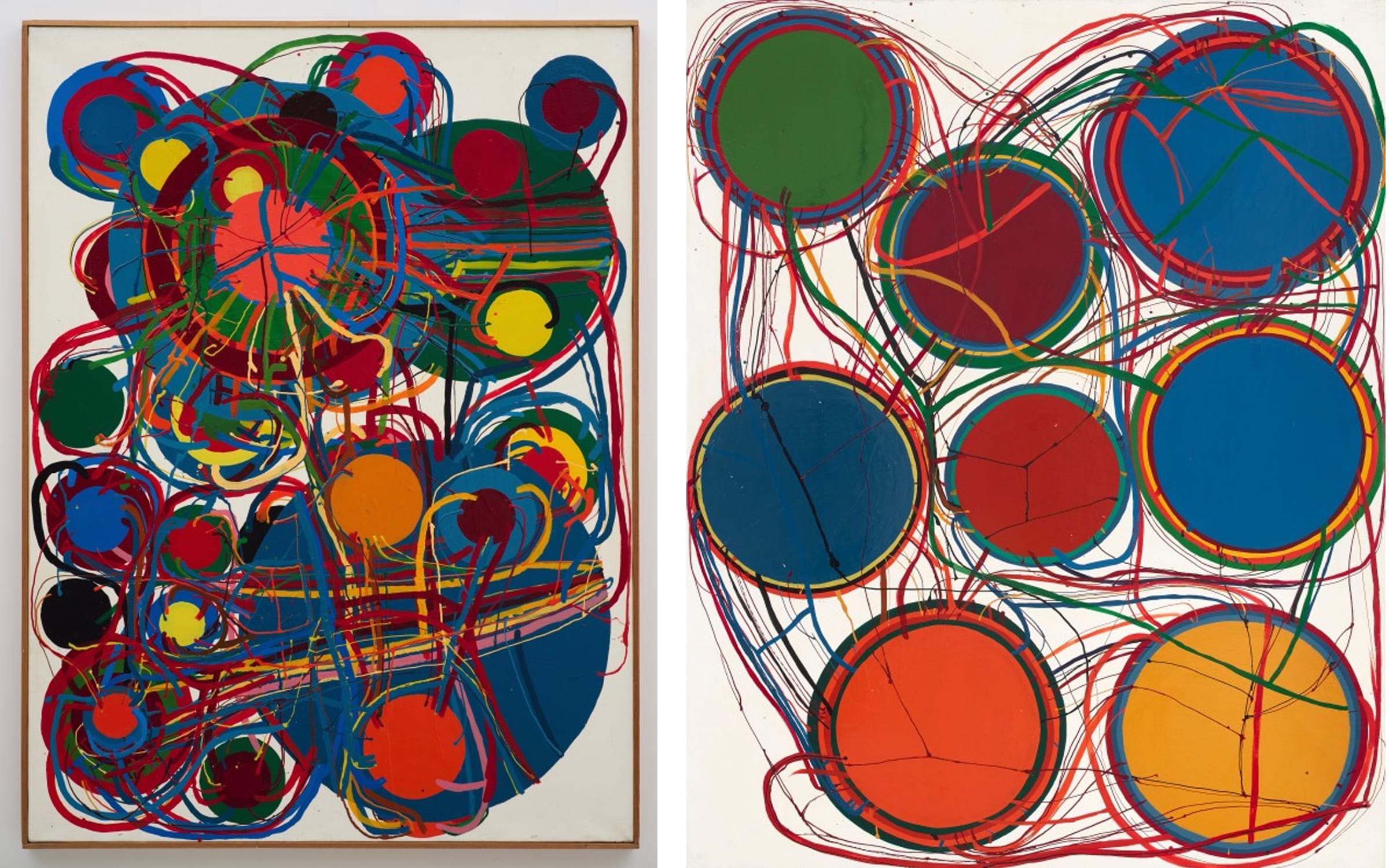
In 1963, another pioneering collective emerged in Tokyo: the Hi-Red Center. The group staged several surreal happenings across the city with the aim of tearing down boundaries between art and life. Artist and theorist Jiro Takamatsu was one of its key proponents. He also shared an affinity with the Mono-ha movement, as seen in his Oneness series, in which he explored the transformative potential of simple materials ranging from concrete to paper. The gallery will be showing Oneness of Paper, No.901 (1972), a vibrant red work from the series that is composed of delicately layered torn paper.
Mono-ha
Translated as the ‘School of Things,’ Mono-ha was a loosely connected group of artists that emerged in Tokyo in the mid-1960s. Using raw materials including rocks, wood, and metal, they created anti-Modernist sculptures and outdoor installations. Often ephemeral, their work involved little intervention.
Born in 1944, sculptor Kishio Suga was a pivotal figure in the movement. His works explored the situations in which materials existed, rather than simply focusing on their physical attributes. Tokyo Gallery + BTAP, which has represented Suga since the 1970s, will be showing older works, including Depth of Inner Edge (1988), a punctured white canvas with protruding white plywood forms as its border, as well as more recent pieces. ‘There is a performative aspect to his work,’ says the gallery’s director, Hiroyuki Sasaki. ‘Suga is trying to make viewers conscious about their relation with the artworks as well as how the work engages with its surrounding environment.’
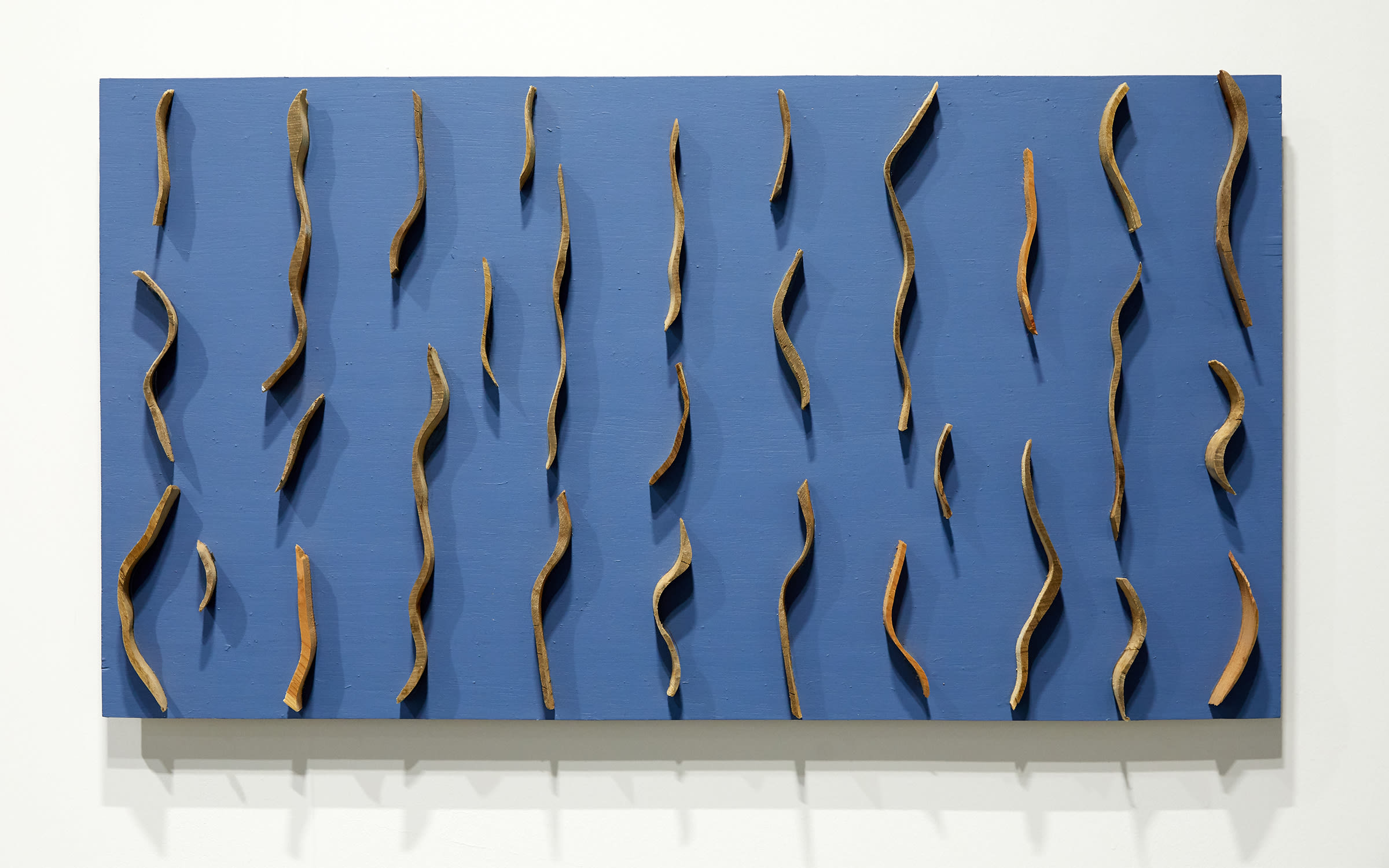
Another key Mono-ha artist was Noboru Takayama, whose iconic minimalist sculptures are made using black wooden railway sleepers. Tokyo-based Gallery Kogure will be exhibiting two of his sleeper installations alongside abstract paintings and graphite drawings. Born in 1944 in Japan to a Korean father and Japanese mother, Takayama was struck by the number of people who lost their lives while building Japan’s railway system. ‘He saw the sleepers as a symbol of power and labor, as well as modern culture,’ says co-founder of the gallery Tomoko Kogure. ‘Looking at his arrangements of the sleepers placed everywhere on the floor, we can feel the painful history of human development and the sincerity of people’s spirit.’
Avant-garde ikebana
Postwar Japanese painter and sculptor Sofu Teshigahara was one of the most original and compelling artists of his generation. Revolutionizing ikebana, the centuries-old art of flower arranging, he gave birth to a fascinating avant-garde movement together with artists Houun Ohara and Yukio Nakagawa.
Born in 1900, Teshigahara was the son of the famed ikebana artist Wafu Teshigahara and took lessons from a young age. In 1927, he broke away from his father to establish the Sogetsu School of Ikebana. His raw, elemental installations combined materials such as plants, vases, tree bark, and iron. Tokyo-based Taka Ishii Gallery will be showing a wooden sculpture coated in brass from 1967 that resembles a scholar’s rock punctured with holes.
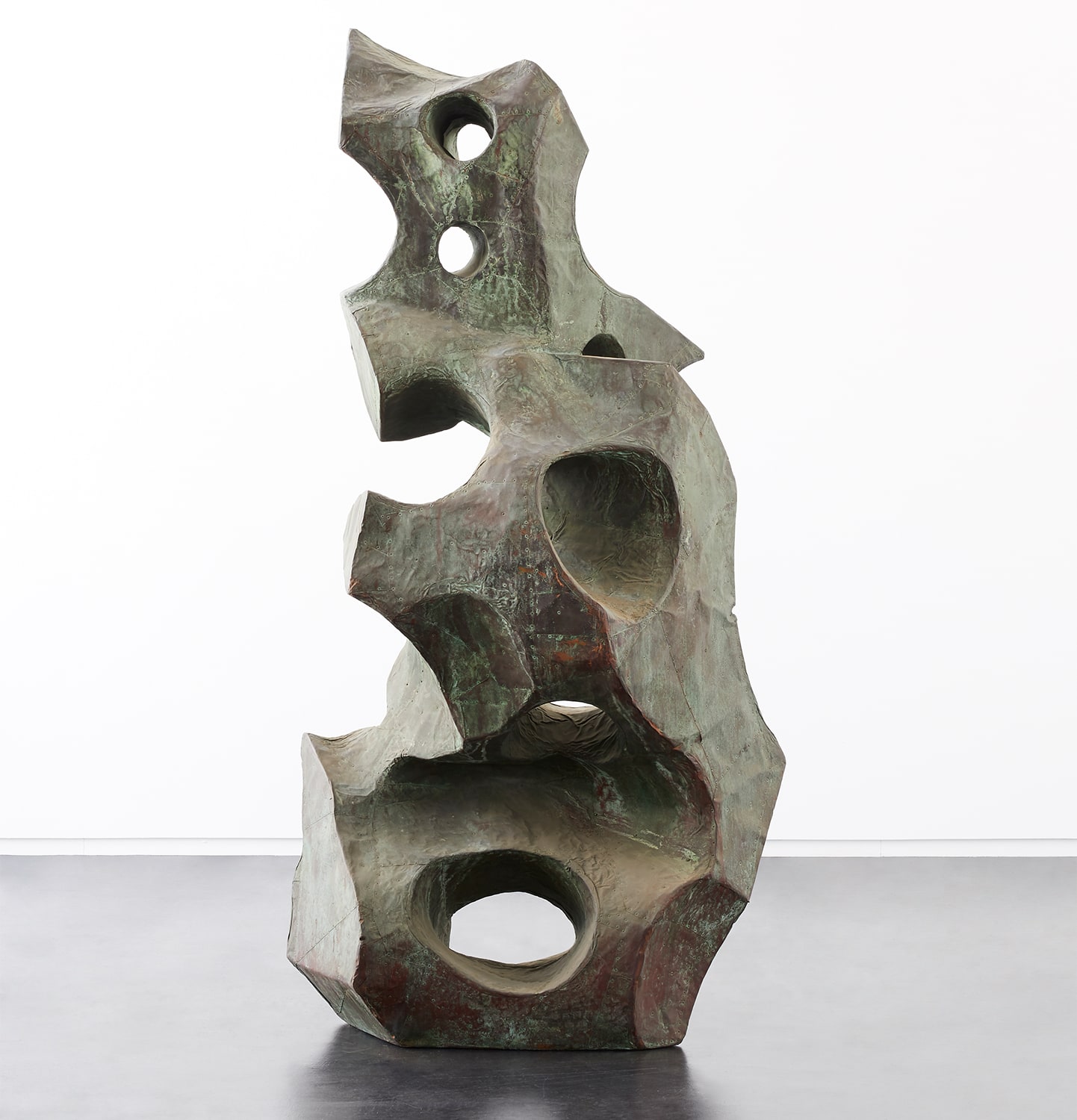
‘Teshigahara was very experimental. He tried almost everything – painting, sculpture, collage, calligraphy, and large-scale performances. Ikebana masters typically didn’t do this,’ says Takayuki Ishii, founder and director of the gallery. ‘Ikebana is more traditional, but he broke the rules and made it very free.’
Beyond his own practice, he created an important forum for avant-garde art in Japan when he established the Sogetsu Art Center in 1958. As well as opening the doors to Gutai artists and other contemporaries of his, he also invited international figures such as John Cage, Robert Rauschenberg, and Merce Cunningham, to perform and spark dialogue between the different art mediums.
China’s ’85 New Wave
After China’s Cultural Revolution, an experimental art movement known as the ’85 New Wave erupted across the country. Mao Xuhui, whose work will be exhibited by Taiwan-based gallery Soka Art, was among the leading figures of the movement’s Southwest Group in Sichuan, which counted the renowned artists Zhang Xiaogang and Ye Yongqing among its members.
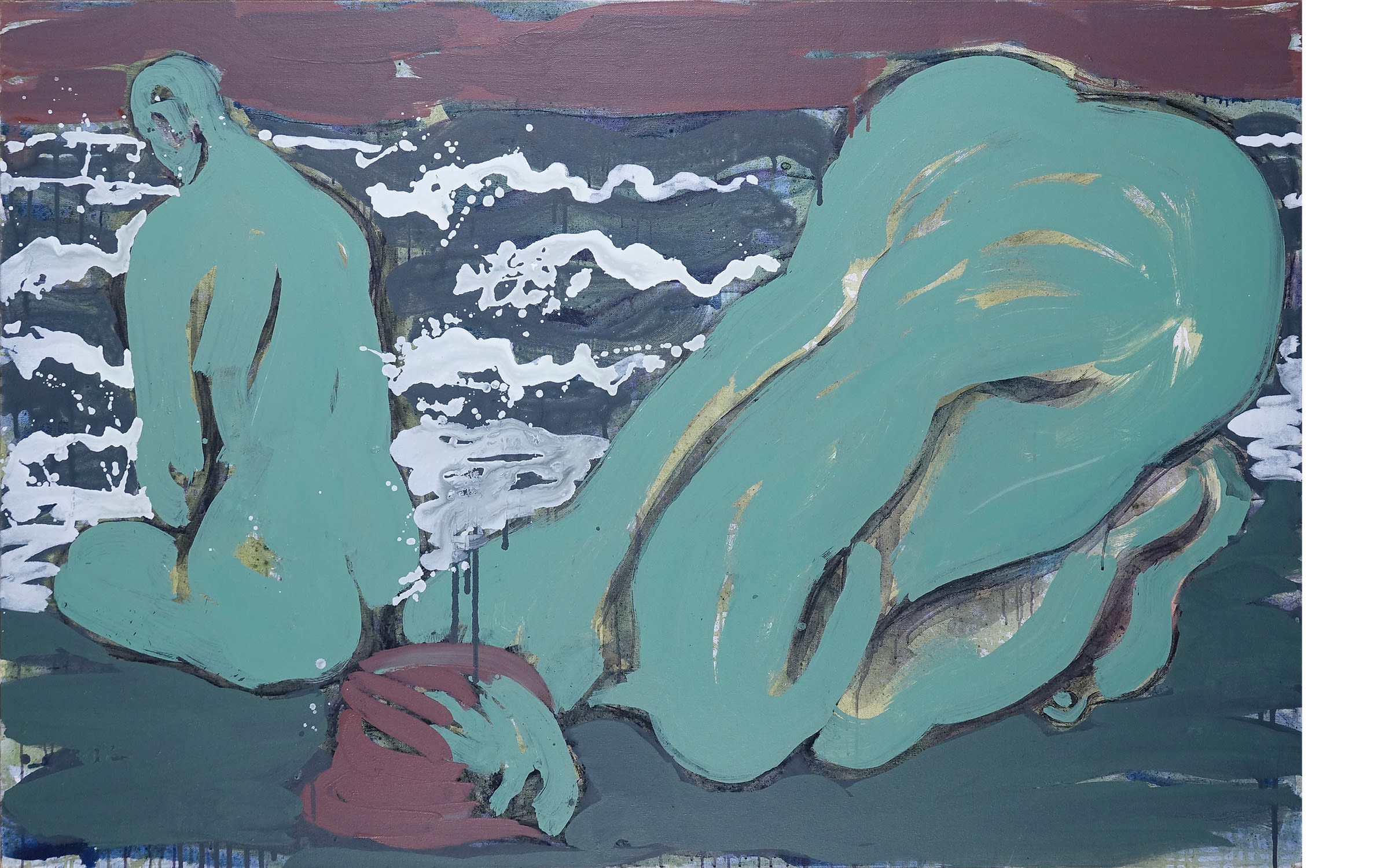
Born in 1956 in Chongqing, Mao led a group of practitioners who were devoted to the idea of a new figurative art. Like many other artists at the time, he was forced to follow a curriculum dominated by socialist realism but he was eager to create a new artistic language. Profoundly influenced by German Expressionism in the 1980s, he began painting distorted red figures as a way of expressing the censorship and isolation of that time. ‘People were distressed and Mao wanted to express his feelings,’ says Chia-Hsuan Lin, a media and public relations executive at Soka Art. ‘He later developed a vocabulary of everyday objects, such as chairs and scissors, to express his feeling about power and authority.’ Unlike peers like Zhang, who focused on faces of everyday people during that period, Mao continued painting objects, despite a tepid response from audiences.
In 2012, he took a break from painting and he later traveled to spiritual shrines in Laos and India. When he eventually resumed his practice, he returned to depicting the human form and his works became somewhat cathartic. Today, his paintings from various periods are increasingly sought after. The two somber paintings to be displayed at Art Basel Hong Kong show crouching figures. ‘The bodies look like they are listening to the ground, because Mao believes we have to turn to nature to uncover the true essence of who we are,’ says Lin.
Discover more galleries participating in Art Basel Hong Kong 2021 here.
Top image: Mao Xuhui, Pure Land No.2 (detail), 2019. Courtesy of the artist and Soka Art, Taipei.

